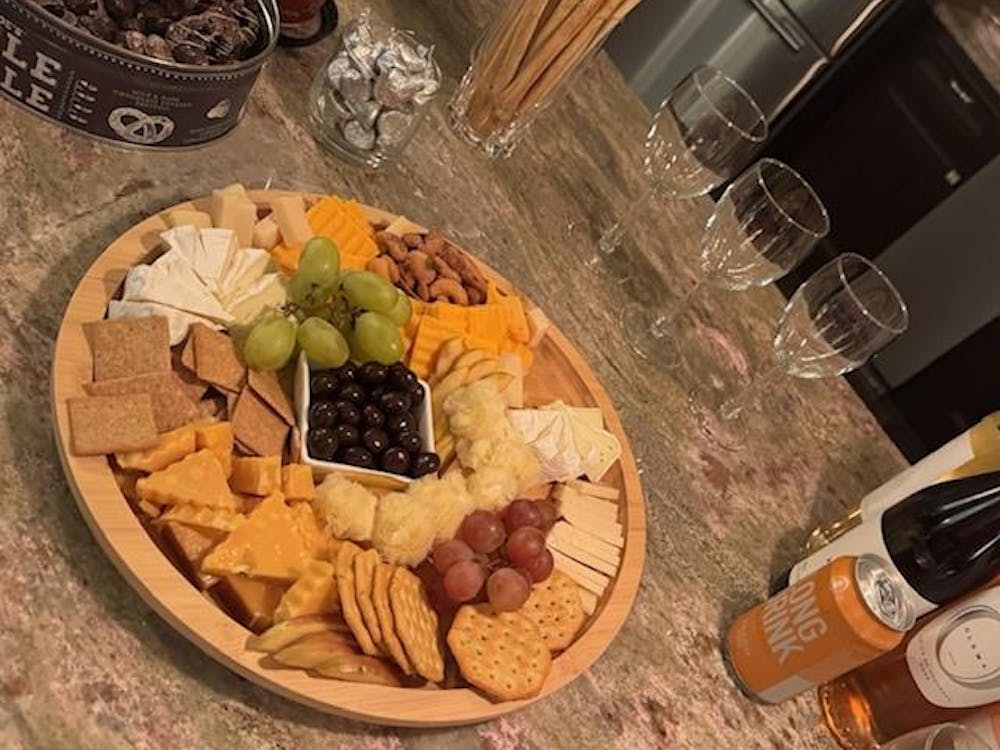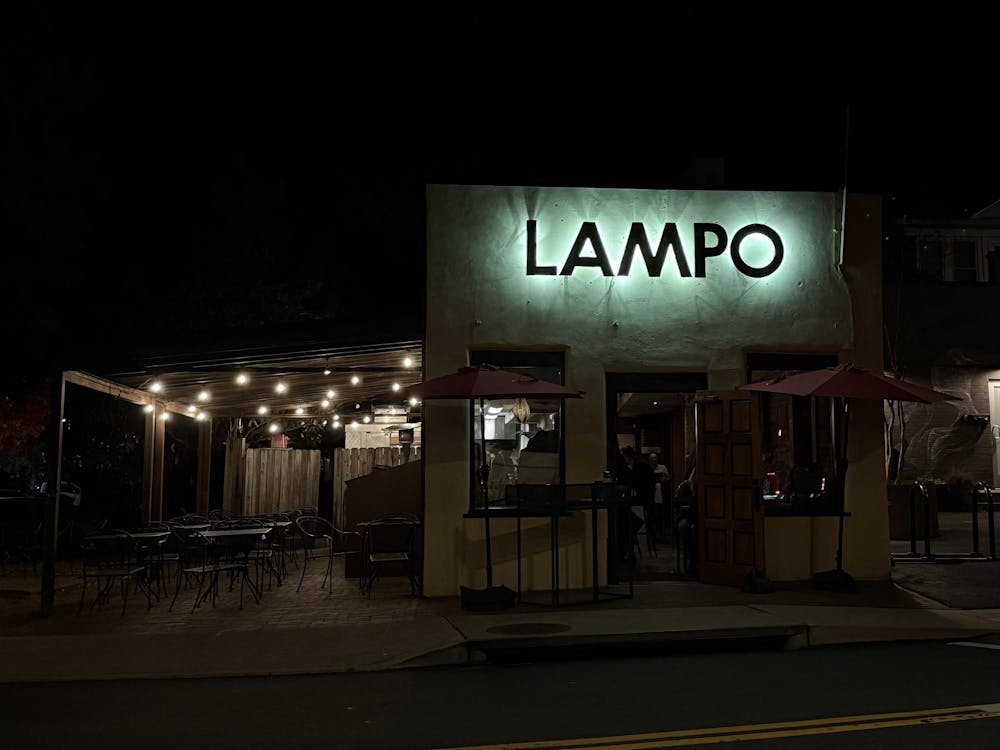Cristalino Cava Price: $7.99
Grade: A-
Sparkling wine is, by far, the most difficult wine to shop for in the United States. Not only are selections usually limited, but high prices often keep frugal buyers from obtaining quality products. Dom Perignon and Cristal, for example, sit atop the Champagne apex and cost hundreds of dollars per bottle. Cristal, in particular, has become a cultural symbol of wealth and consumption. How many times have we seen rappers, rock stars or professional athletes on "MTV Cribs" feign surprise at the presence of Cristal in their refrigerators? There is no better example of the disparity between hype and quality than Cristal. Its popularity is based on a bewildering amount of celebrity consumption and its availability in modish restaurants. In reality, Cristal is a rather unimpressive $350 bottle of wine.
For the rest of us, many stores carry the affordable Moet and Chandon or Veuve Clicquot Ponsardin ($35 to $75). Although both are decent and affordable for special occasions, they fail to capture how true Champagne should taste. As odd as it sounds, the highest-quality Champagne made from the traditional method should have strong aromas and flavors of toast, bread and biscuits. This distinct taste comes from the manner in which Champagne is produced. The grapes used to make traditional sparkling wine vary by country and region. Pinot Noir, Chardonnay and Pinot Meunier are used in Champagne, France, while Macabeu, Xarel-lo and Parellada are used in Spain's sparkling wine, Cava.
The best sparkling wine will have "bottle fermented" or "traditional method" printed on the label. For this designation, a very specific set of procedures must be implemented. The most important of these specifics is that the wine must go through a secondary fermentation in the bottle. Champagne gets its toast and biscuit character from yeast autolysis, the process by which yeast digests itself and ferments into alcohol. The fermentation in the bottle also creates the small bubbles we all love. Indeed, dead yeast is sparkling wine's best friend.
Champagne is very expensive because of the costly and time-consuming elements of the traditional method. I have found that Spanish Cava is a remarkably inexpensive substitute for French Champagne. Cava can be made in any Spanish wine region, but production is predominately based around the town of Sadurni d'Anoia.
Cristalino Cava exhibits a balanced combination of aromas and flavors. The nose has a citrus, peach and apple character with hints of toast and biscuits. The palate matches those aromas and adds an earthy yet sweet undertone. Like Champagne, Cava should be served cold (more than slightly chilled) in a flute glass to prevent the dissipating of the bubbles. Finally, although it is fun to let the cork fly out of the bottle and watch the wine fizz out uncontrollably, both wine prowess and decorum demand that you pull the cork out with your hand to adequately enjoy the wine's integrity. For how good Cristalino is, you will not want to waste a drop.
Jeff's column runs biweekly Wednesdays. He can be reached at jkatra@cavalierdaily.com.






